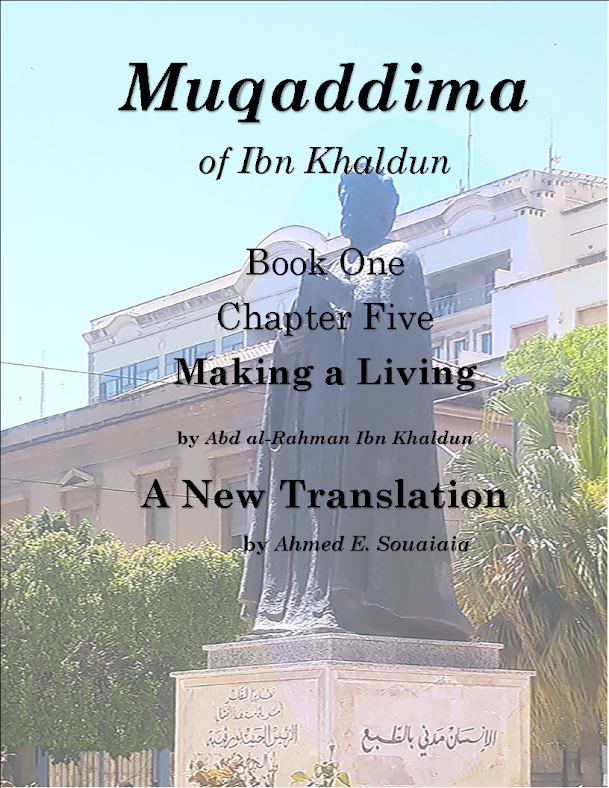
Media review: Understanding Blinken's assessment of when Iran will produce a nuclear bomb and Haniyeh's assassination
Friday, August 16, 2024
No comments
What do media reports and political statements about state-sanctioned assassinations and the war in Gaza mean in the big picture? US Secretary of State Antony Blinken...































